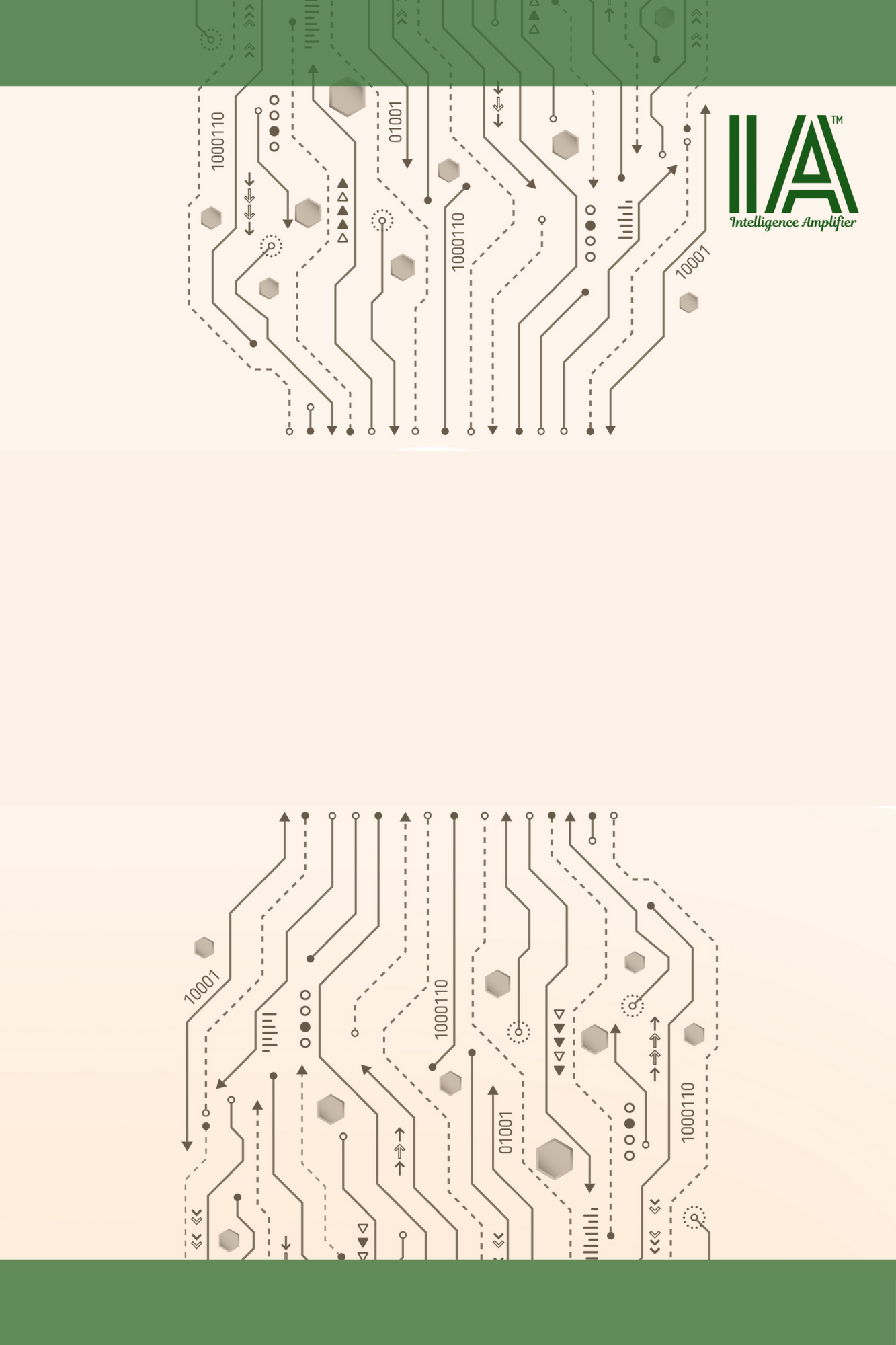
SAN FRANCISCO : The AI Capital of the World
Table of Contents
In the narrative of technological revolutions, certain cities become synonymous with the industries they birth and nurture. Detroit and automobiles. Hollywood and cinema. Silicon Valley and the internet. Now, San Francisco has emerged as the undisputed global epicenter of artificial intelligence—a...

14
Chapters
Audio
Included
AI
Enhanced
QR
Interactive
Table of Contents
Chapter 1: San Francisco – The Inevitable AI Capital of the World
Chapter 2: The Reinforcing Ecosystem – Why Dominance will Increase
Chapter 4: The Tripod of Dominance – The Foundations of an AI Capital
While healthy competition exists among global innovation centers, a dispassionate analysis reveals several structural...
Chapter 6: The Completed Circuit – How City College Secures San Francisco's Unassailable Position
The three pillars of San Francisco's AI leadership—defining companies, technical infrastructure, and elite talent—have...
Chapter 7: From AI Capital to AI Democracy – The CCSF-SF Company Synergy
"The physical integration of these institutions creates possibilities that simply cannot exist in distributed...
Chapter 8: The Premium Worth Paying – Why San Francisco's Costs are Justified
This experience illustrates the fundamental reality that any discussion of relocating to San Francisco must address:...
Chapter 9: The Unlearn to Relearn Advantage – The Unique Quality of CCSF's AI Workforce
This tableau represents perhaps the most overlooked aspect of the CCSF opportunity: the extraordinary quality and...
Chapter 11: The Humble Engine – How City College's Institutional Approach Creates Unmatched Advantage
Chapter 12: The Strategic Investment Imperative – From Revenue Windfall to Talent Pipeline
City college of San Francisco faces a sure win investment return windfall that transforms continually from investment...
Chapter 13: The National Canvas – Why San Francisco's Model Cannot be Replicated
San Francisco's advantage is not a mattter of scale or timing but of unique elements impossible to replicate elsewhere.
Chapter 14: The Intelligence Amplified Future – San Francisco 2035
This isn't just urban design but physical embodiment of our core philosophy. These spaces are designed to break down...
Prologue: The Intelligence Amplification Era Begins
On a foggy San Francisco morning in early 2023, a small team gathered in a nondescript office on Mission Street to...
Introduction: The AI Capital of the World
Epilogue: The Amplified Society
San Francisco's transformation into the Intelligence Amplification Capital, has shaped this evolution: the recognition...
14 chapters • Interactive AI commentary available
© 2025 Arvin Lioanag, intelligenceamplifier.org. All rights reserved.
For permissions beyond fair use, contact arvin.lioanag@intelligenceamplifier.org